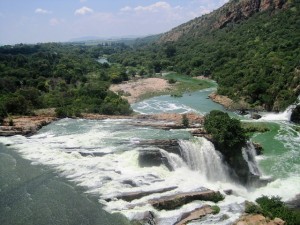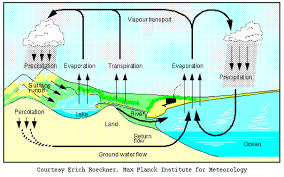 RainBank Rainwater Systems honors all US vets and their families on this Memorial Day .
RainBank Rainwater Systems honors all US vets and their families on this Memorial Day .
We thank you for your service and sacrifice.
We are always indebted and grateful.
 RainBank Rainwater Systems honors all US vets and their families on this Memorial Day .
RainBank Rainwater Systems honors all US vets and their families on this Memorial Day .
We thank you for your service and sacrifice.
We are always indebted and grateful.
 The continual movement of rainfall from the bodies of water, land, and the atmosphere is part of the hydrologic cycle.
The continual movement of rainfall from the bodies of water, land, and the atmosphere is part of the hydrologic cycle.
The cycle starts with condensation. When water vapor condenses in the atmosphere it forms clouds, when the condensation becomes too heavy rain is formed and the clouds release the rain.
 When rainfall reaches the surface it infiltrates into the soil, becoming groundwater. The infiltrated groundwater recharges our aquifers, rivers and lakes. Water that runs off the surface is referred to as stormwater. Water is returned to the atmosphere through evaporation by the sun heating the water, changing it to a gas and it rises into the atmosphere and becomes vapor again.
When rainfall reaches the surface it infiltrates into the soil, becoming groundwater. The infiltrated groundwater recharges our aquifers, rivers and lakes. Water that runs off the surface is referred to as stormwater. Water is returned to the atmosphere through evaporation by the sun heating the water, changing it to a gas and it rises into the atmosphere and becomes vapor again.
Depending on soil conditions, the movement of stormwater across the surface can cause erosion and also carry pollutants into our bodies of water. This is why stormwater management is so important. Storm water management practices such as infiltration, or collection, slow down the process of surface water runoff and helps keep erosion to a minimum. Much of the pollutants associated with stormwater runoff are not carried to our larger bodies of water – keeping our natural environment healthy.
 On May 15, Washington Governor Jay Inslee declared a statewide drought emergency.
On May 15, Washington Governor Jay Inslee declared a statewide drought emergency.
In his announcement, Governor Inslee states, “We’re really starting to feel the pain from this snowpack drought. Impacts are already severe in several areas of the state. Difficult decisions are being made about what crops get priority water and how best to save fish.”
With the snowpack at 16% of normal, the runoff is expected to be the lowest in 64 years. The Department of Ecology has requested 9.5 million in drought relief. Much of the drought relief will be spent on agriculture and department of fish and wildlife in the way of emergency drought applications for farmers and funding action now for fish passage.
A small amount of emergency relief will through conservation education. To little to late? While the response from the Governor’s office has been timely for the current drought, RainBank Rainwater Systems president Ken Blair, along with the American Rainwater Catchment Systems Association (ARCSA) have been providing education about water conservation for years.
“We have experienced pretty much normal rainfall amounts this year, it is the lack of snowpack that will be the issue this summer”, explains Blair. Storage and use of roof runoff helps reduce the demand on our local reservoirs and aquifers 100 % of the time, leaving more available water during dry periods. With the use of rainwater collection, both for residential and commercial application, demand is lowered and storage is increased. This does not do much for irrigation in agriculture but it does supplement domestic use and enhances in stream flow rates. A simple rainwater collection system can yield enough water from the roof to supplement or fully support a residence with its water demand. Commercial application can be used for non potable usage and mitigate much of the building’s water demand.
RainBank Rainwater Systems applauds Governor Inslee in being proactive in his delegation of this water emergency, but encourages more education in conservation methods for future water shortages. Education and implementation will help assure water for the future.